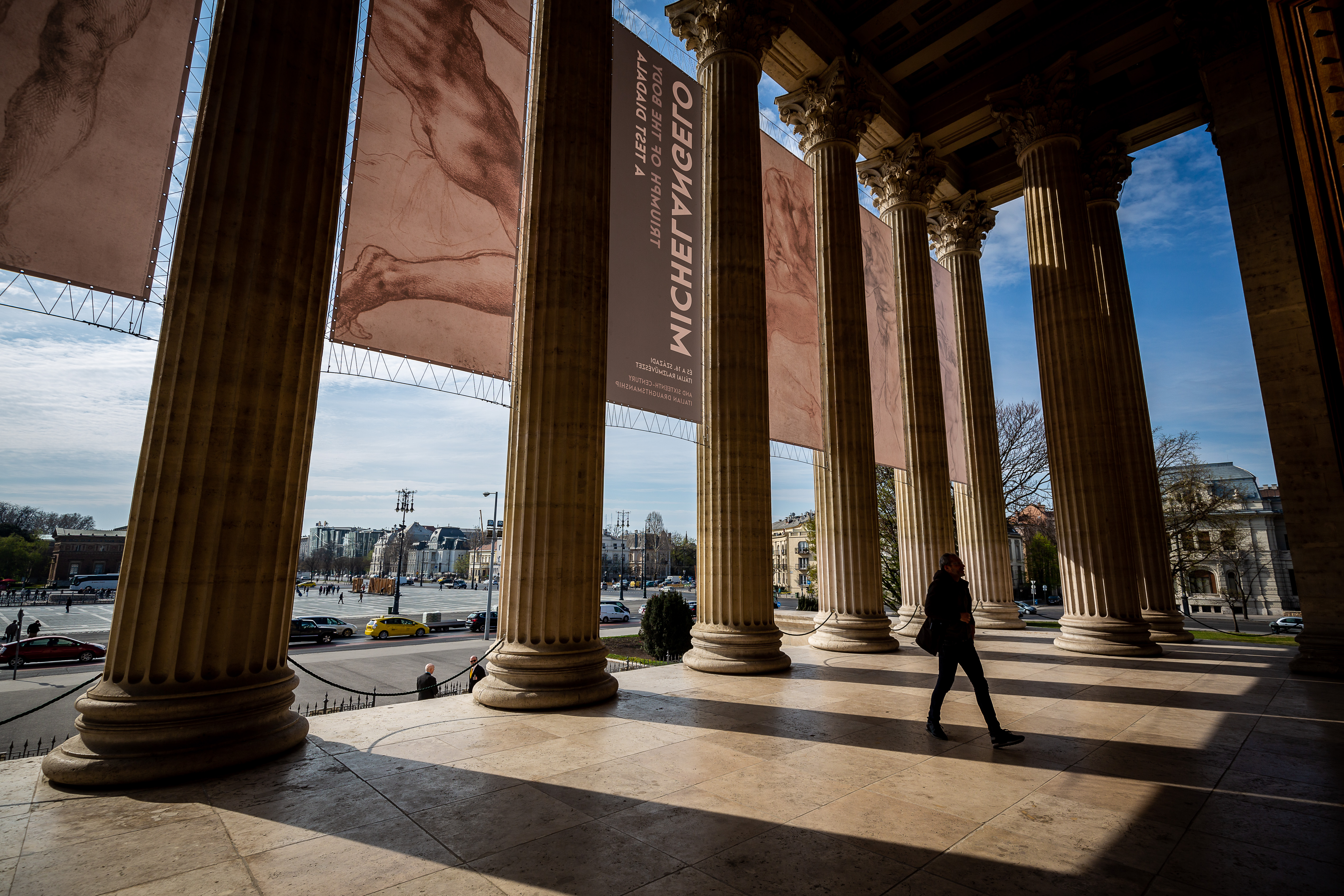Borrowing from the Uffizi, the Louvre and the British Museum, curator Zoltán Kárpáti has created the first exhibition in Budapest to display seven decades of work by Renaissance master Michelangelo and his most talented contemporaries: The Triumph of the Body.
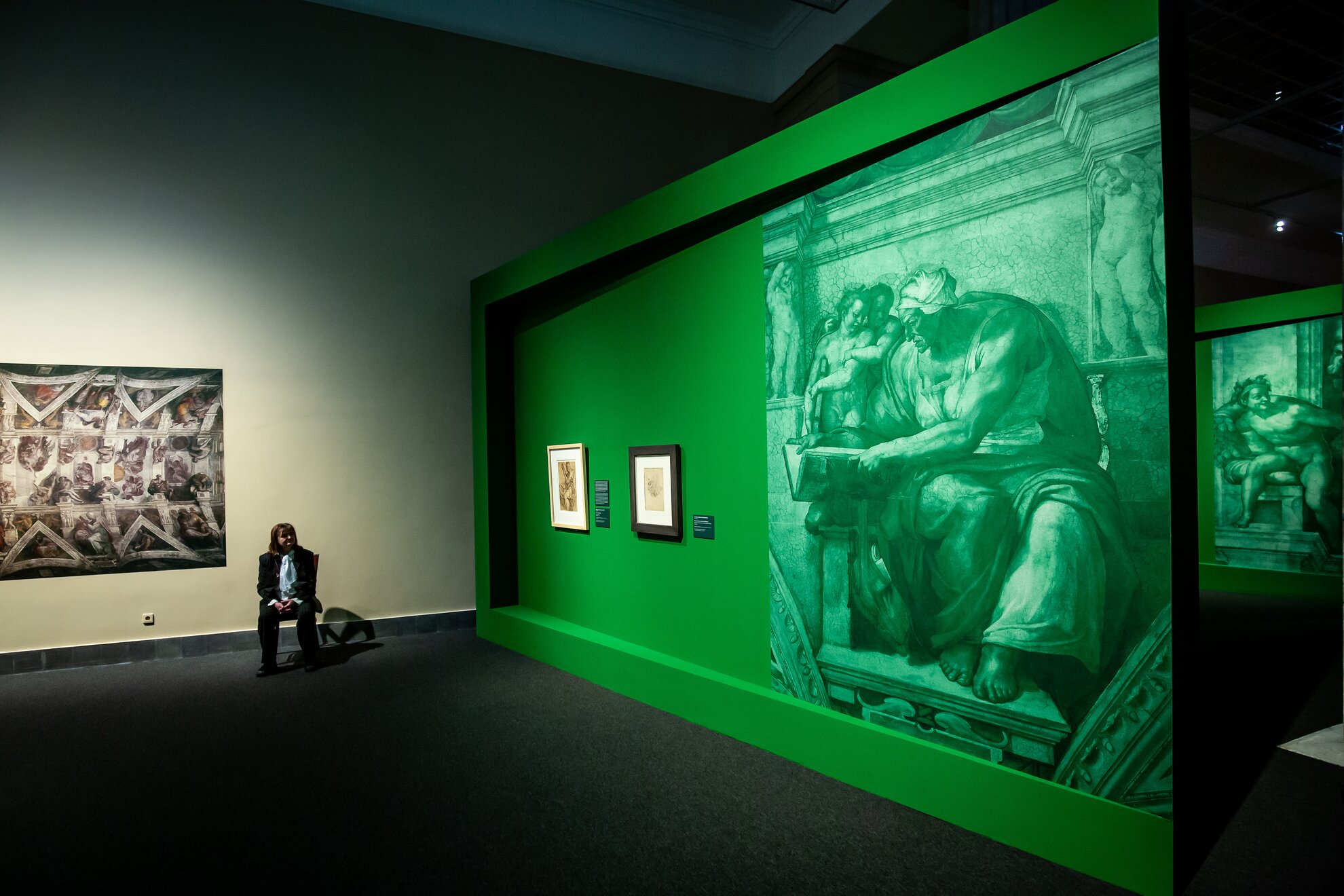
“Michelangelo was already a legend in his own lifetime, something he was actively involved in creating. Today we would call it brand-building,” Kárpáti explains, standing by a portrait of the Renaissance master at the entrance, one showing a tired, grumpy old man. The depiction by Fra Bartolommeo is exceptionally naturalistic, less idealised than other portraits, showing a 40-year-old Michelangelo Buonarroti then already being called ‘The Divine Michelangelo’.
He had a complete hegemony in the art market in Rome, and besides garnering admiration, he also provided plenty of reasons to be disliked, working as a painter, sculptor and architect for the elite, nabbing commissions from others. Kárpáti’s intention was to show this contradictory relationship with his contemporaries.
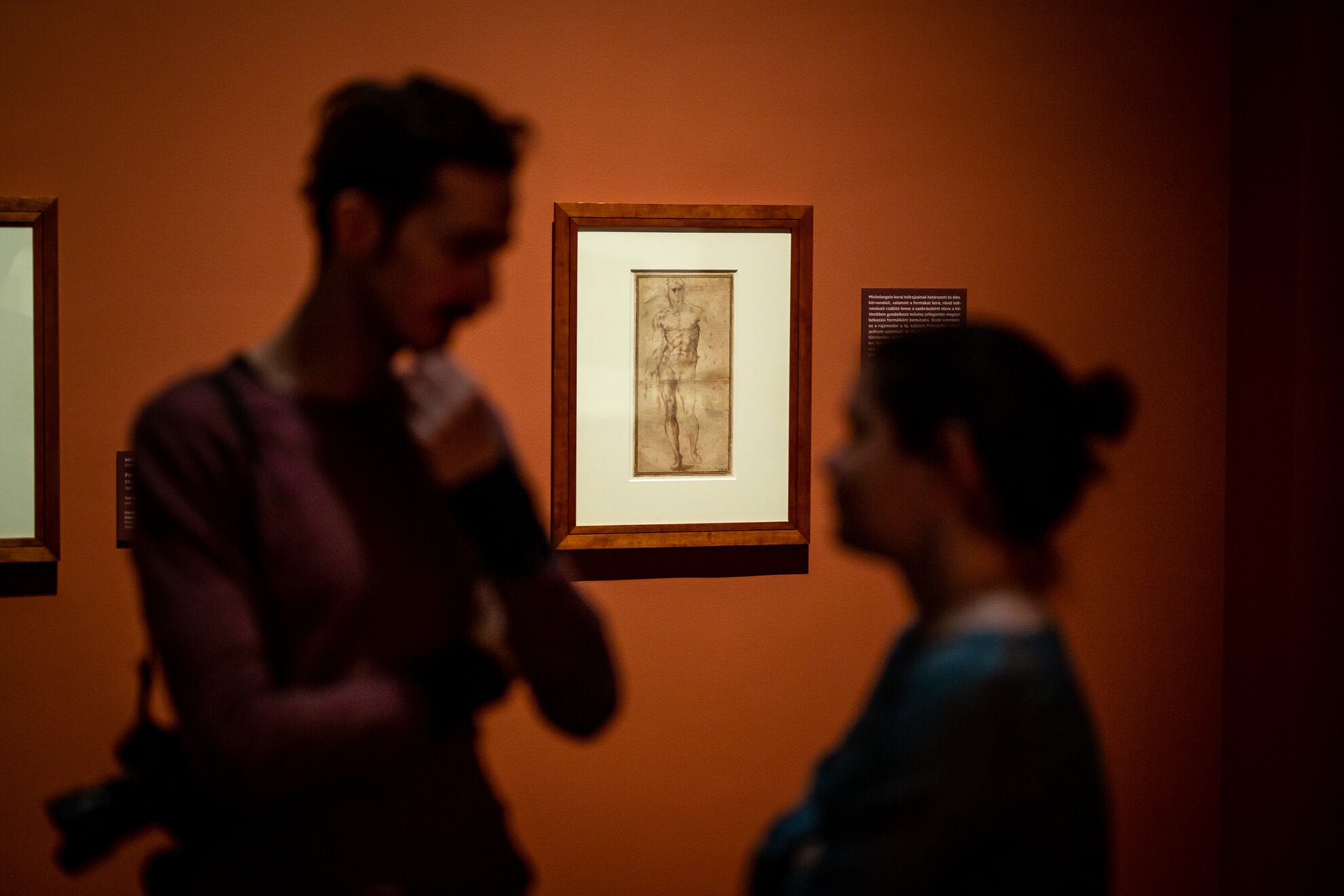
The exhibition is not therefore not organised in chronological order but in visual parallels to point out how they interact with Michelangelo’s most talented rivals. Here you can see works by Michelangelo alongside masterpieces by Leonardo da Vinci, Raphael, Luca Signorelli, Pontormo, Bronzino, Francesco Salviati and Rosso Fiorentino.
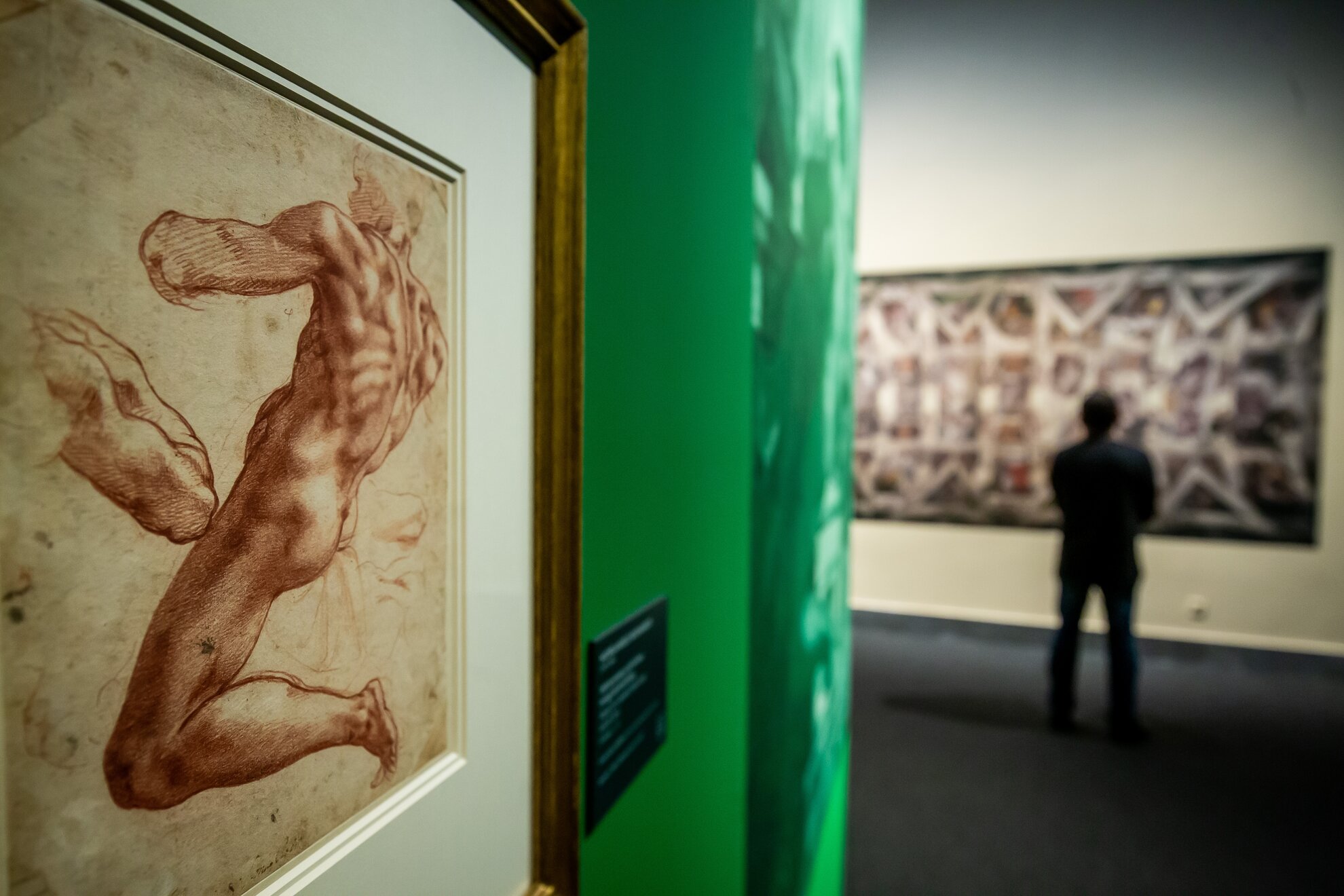
The focus of the exhibition is the Renaissance theme of representing the human body, so no designs of buildings here or sketches of marble, only the physical form. And as for the most common myth is that Renaissance painters used living models, according to Kárpáti, this is wrong, as Leonardo and Michelangelo mostly created their art from sculptures or just the head. Drawings were a working tool in the preparatory phase of the frescoes, and not used at all in sculpture, only wax models.

Michelangelo was the first sculptor to start making sketches for his work, but only because he had learned to draw. Of course, he tried to silence this: divine pride allowed him to see himself as an autodidact who gained his own knowledge of nature. Meanwhile, he learned to draw and paint at the workshop of the best fresco painter of the day, Domenico Ghirlandaio. There are very few, eight drawings in total, from Michelangelo’s early years, and three of them can be seen at the Museum of Fine Arts: one from the Louvre, another from Vienna’s Albertina and a third here being shown for the first time. It was recently discovered in a private foreign collection and identified as the earliest known drawing by the teenage Michelangelo.
As we learn from Kárpáti, Michelangelo was paranoid about his drawings and had many of them destroyed. Most of his correspondence remains for posterity, though, everyday items as opposed to the sketches left in the workshop he asked his friends to dispose of.

His contemporaries did not even know about these drawings or even his major works. Today it is almost unthinkable that the Sistine Chapel could be closed to outsiders but at the time, the general public was not allowed to enter the Pope's private chapel. “While Michelangelo's reputation spread in the 16th century, very few people knew his works," says the curator. Michelangelo’s letters and his surviving bank accounts also testify to his wealth – he was perhaps even the best-paid artist of all time. He invested his money continuously, in land and goods.
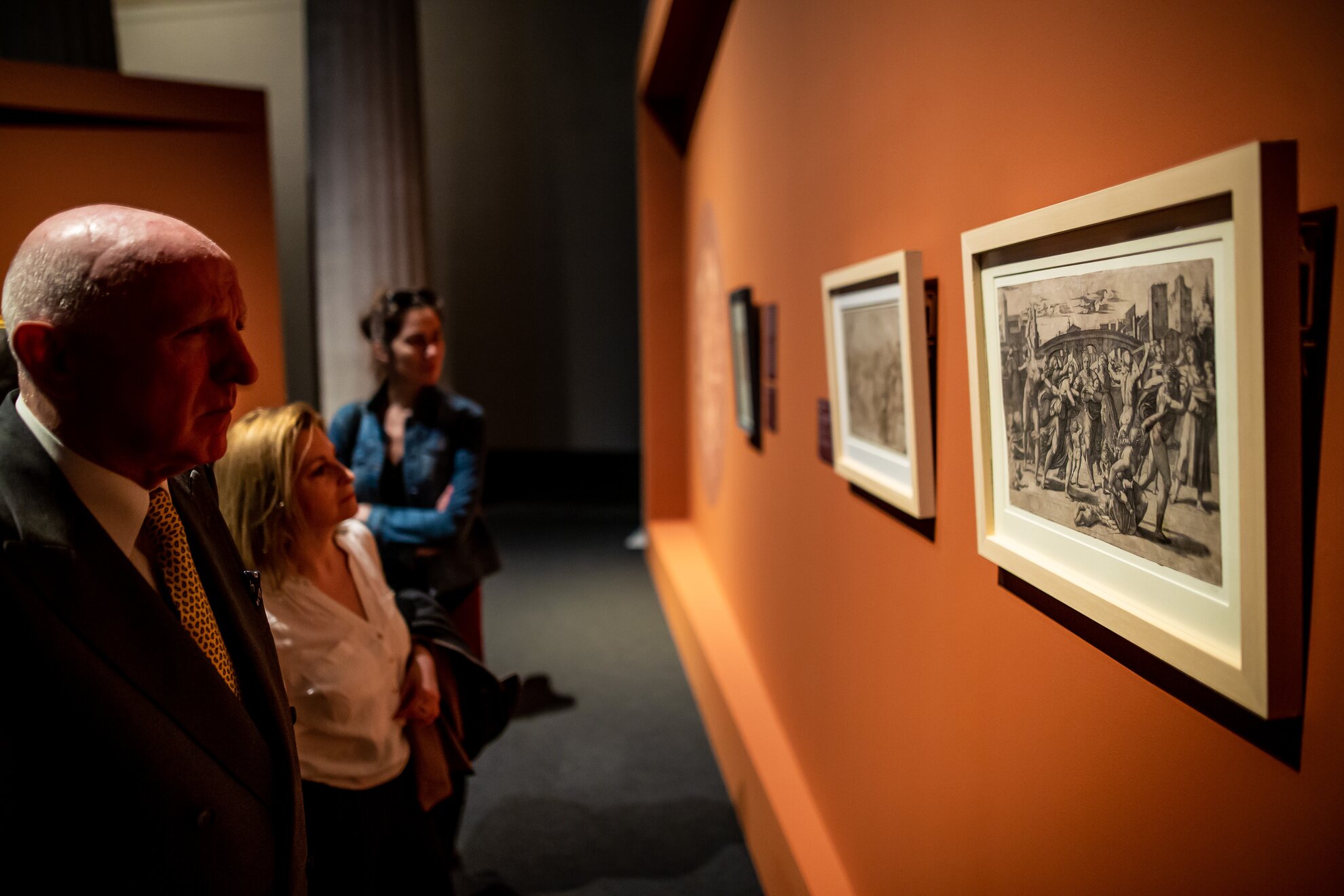
Not only did he master the market perfectly, but after a while he began to outsource the work, which also contradicts the other important foundation stone of the Michelangelo legend, that of the lonely artist painting the Sistine Chapel. Bills paid testify to the fact that he brought in fresco painters from Florence, some 15-20 of whom worked on the chapel at any one time. Later, when someone commissioned a painting from him, he would only produce a drawing, before the rest of the work was painted by talented followers such as Pontormo and Volterra.
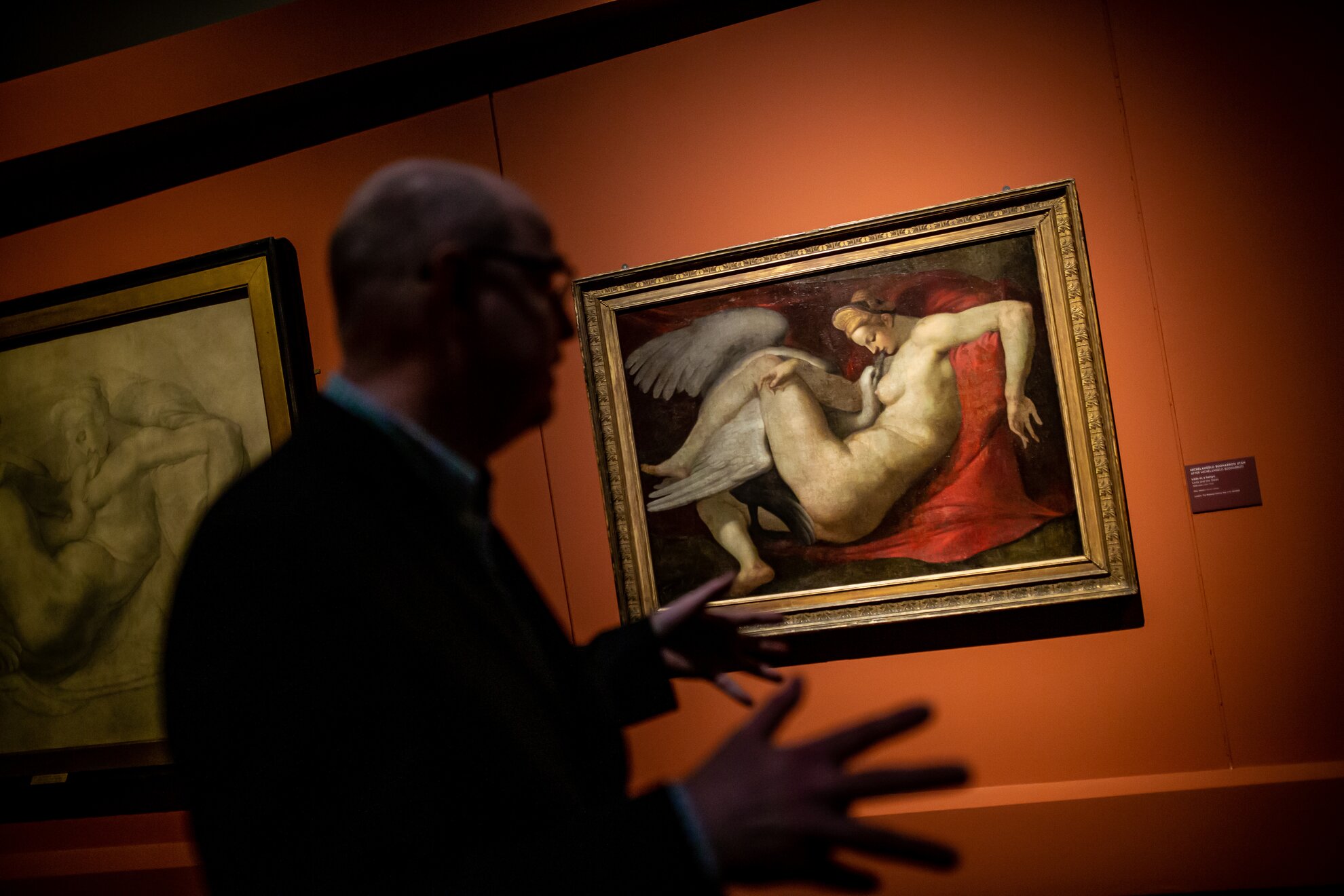
Only one of his paintings can be seen at this exhibition, itself a copy as the original was burned because of its immoral theme: Leda and the Swan was considered pornographic at the time. However, the study of Léda’s head has survived and is regarded as one of the most beautiful studies of the Italian Renaissance.

A total of 80 drawings can be seen at the exhibition, of which 29 are by Michelangelo. Full-length slides display fresco pieces from the Sistine Chapel to compare with their sketches. In the last room, sketches of his great work, TheLast Judgment, can also be seen. The naked forms of men created such a scandal that clothes were painted on them afterwards – this was the Pope's private chapel, after all.

As Kárpáti also points out, although Florence is today filled with Renaissance treasure, in the 16th century artists were paid very badly here, much worse than in the papal or royal courts. That’s why all Florentine painters took off when they received a better offer elsewhere. In the early 1500s, Leonardo, Raphael and Michelangelo were all in Florence at the same time but all three left as soon as possible. Leonardo went to Milan and Michelangelo to Rome, where he worked in the service of the popes to create his main works.
The Triumph of the Body Until 30 June Museum of Fine Arts District XIV. Dózsa György út 41
Open: Tue-Sun 10am-6pm Tickets (3,200 HUF/1,600 HUF discounts) here.
English-language tours 16,000 HUF by prior appointment from info@mfab.hu. Smaller groups recommended.
